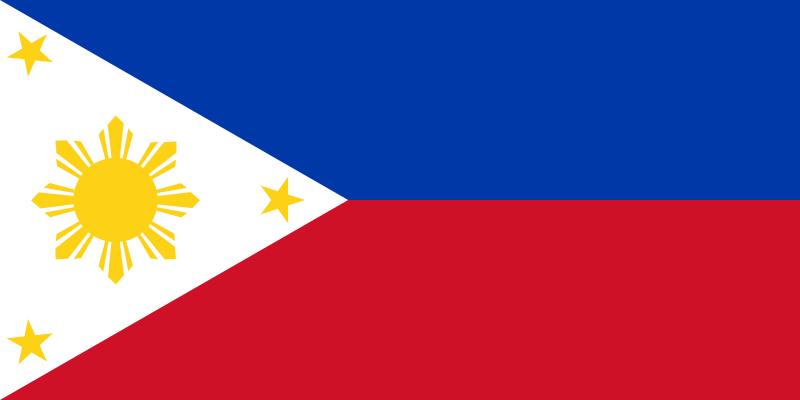I found this article today and felt that it was very informative and thought it may help some people to understand some of the REAL reasons gamefowl are kept and raised the way they are. And that you dont have to want to own gamefowl for illegal purposes to raise them. They are the most beutifull creature to ever live in my own opinion and i admire them for what they are. Enjoy this article. Cory- Dahltaygamefarm
There are many varieties of gamefowl, all admired for their beauty, strength, health and longevity. Currently gamefowl are much in demand as exhibition poultry. In the past, gamefowl have provided the genetic foundation for many of our most popular varieties of production, broiler, layer and show fowl.
Since early history, gamefowl have been an inspiration to man through their courage, beauty and spirit. There is a saying that among the 20 qualities such as courage that humans should possess, four should be acquired from the gamefowl.
The dubbing of gamefowl (removal of the comb and wattles) is a practice followed by many in the poultry industry. Dubbing is good animal husbandry and all poultry show rules call for it. Dubbing prevents damage done by frostbite and provides better vision. It reduces injuries incurred when the comb comes in contact with feeder and water grills, and wires in cages and pens. Dubbing also helps prevent the spread of mosquito born illnesses. The dubbing of gamefowl is in no way any indication of whether or not that bird is being used for fighting purposes.
Gamefowl will most often have their spurs trimmed as well. This is also good animal husbandry. Contrary to popular belief this is not done to attach weapons. The spurs are hard, pointed and naturally very sharp. Trimming of the spurs of male birds prevents laceration of the backs of females during mating. Sometimes these injuries are severe enough to cause the death of the female. The spur if allowed to grow can inhibit a cock's ability to walk as well, resulting in straddle legs and occasionally in overgrowing back into the male’s leg. Trimming also prevents injuries to humans, such as caretakers and judges during handling of the birds. The spur is very porous and harbors millions of bacteria. A slight scratch from the spur can result in a serious infection to a human. To minimize the chance of injuries all show rules call for the spur to be trimmed as a safety precaution.
Gamefowl will normally be housed in separate pens or tethered with cords attached to tepees or barrels. Tethering is the most convenient method of keeping the males separated and at the same time providing the most natural environment for health, body and feather to develop. Tethering is more economical as this does not require near as much material for shelter. Tethering requires less space, allows for easier moving to fresh ground, and decreases the risk of having the feathers damaged by wire for show purposes.
The males of the species are separated to prevent fighting which, is a genetic instinct handed down from their ancestors. This instinct is not unique to the gamefowl as all chickens are descended from the Red Jungle Fowl and have a natural fighting instinct. However, the breeds raised by gamefowl breeders represent strains with a truer genetic relationship to the Red Jungle Fowl. This instinct for fighting is inherited. It is not something that can be “bred” or “trained” into the birds.
Soon after hatching, a pecking order among the chicks is established which remains in the flock until they "come of age". The coming of age or "turning cock" as some people call it is a separate and completely different phenomenon than the pecking order. This is reminiscent of a teenager’s puberty. This can occur as young as 4 months of age or as late as 18 months of age depending on the particular breed. Males in a flock that have been free ranging on the yard together peacefully will suddenly begin to challenge other males in the flock and fighting begins. Males must be separated to prevent injury or death. Most breeders will tell you this usually happens after a rain, possibly because the male no longer recognizes yard mates after becoming wet.
During the lifespan of gamefowl, they will shed and re-grow their feathers several times. This is similar to the way a dog or cat sheds their fur during the summer months. The shedding of the feathers is called molting. Gamefowl do not like to be handled during the molt, as this can be very irritating to them. The absence of some of the feathers indicates the bird is molting and does not indict that bird has been used for fighting. The molt is rarely seen in today’s commercial chickens simply because they rarely live over six weeks of age.
While there are some exceptions, the gamecock is only aggressive to other gamecocks, not aggressive toward humans or other animals. Gamefowl can be kept with pets and livestock, as they are very compatible. Gamefowl, however, will aggressively defend themselves against predators and can do so very effectively. Gamefowl fit into the rural community environment and co-habitate in a most natural way with humans and other domestic animals.
The gamecock is a very beautiful bird with brightly colored shimmering feathers. No artist’s paintbrush, or any photographer's lens has ever been able to capture the magnificent colors in the plumage of the gamecock. The gamecock with its long flowing streamers is something that must be viewed with the human eye to truly appreciate. The feathers of the gamecock are used in jewelry making, costumes, decorations, tribal wear, pens and fishing lures.
Gamefowl are a significant part of our heritage and culture and have been since the beginning of our country. History records that except for one vote the gamecock would have become our national symbol. The preservation of gamefowl is a must and should be protected for future generations.













